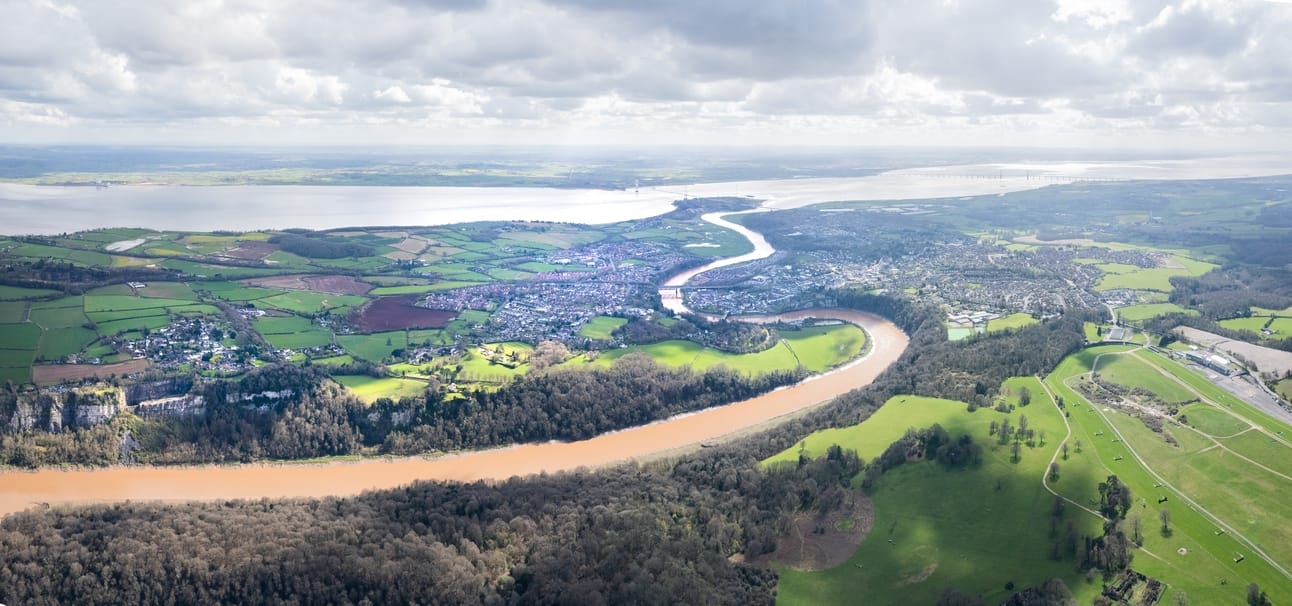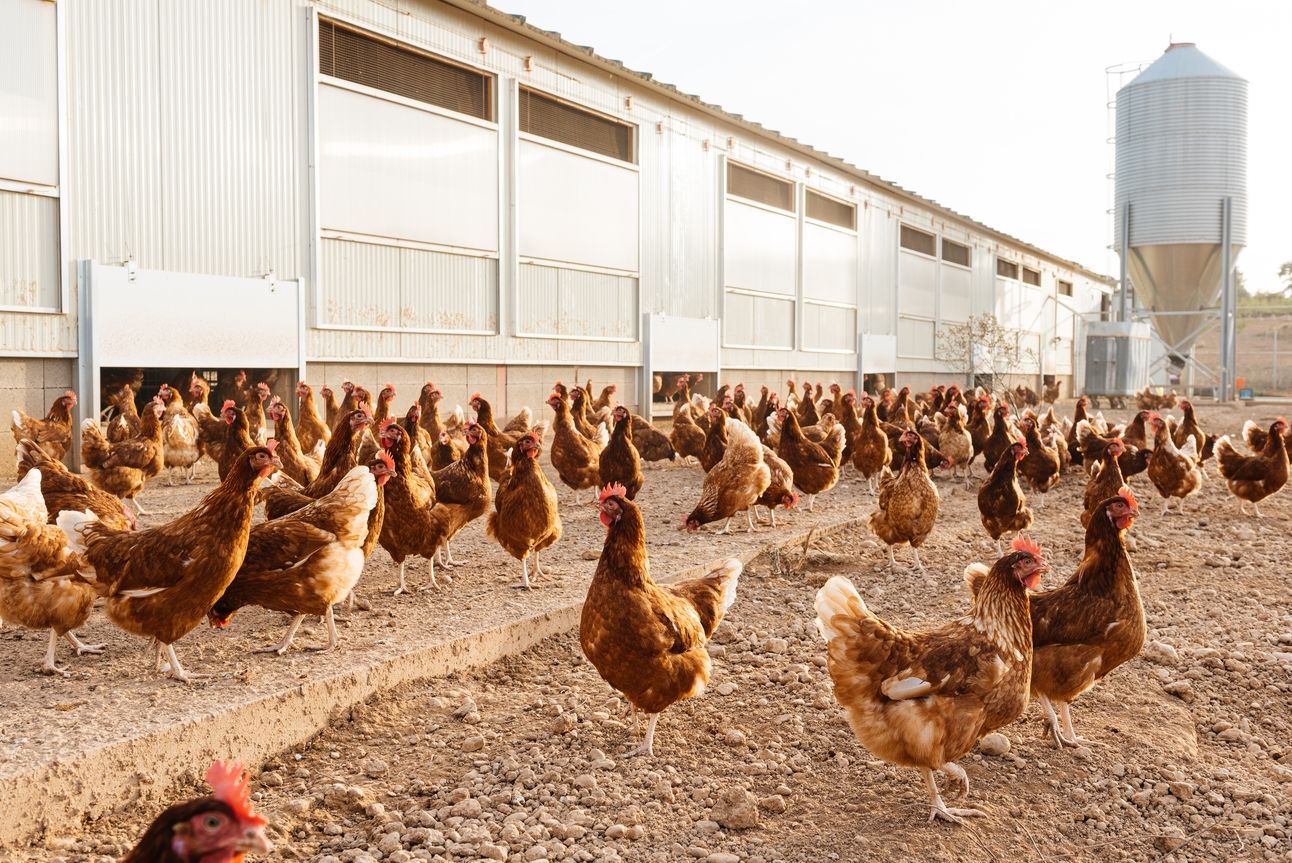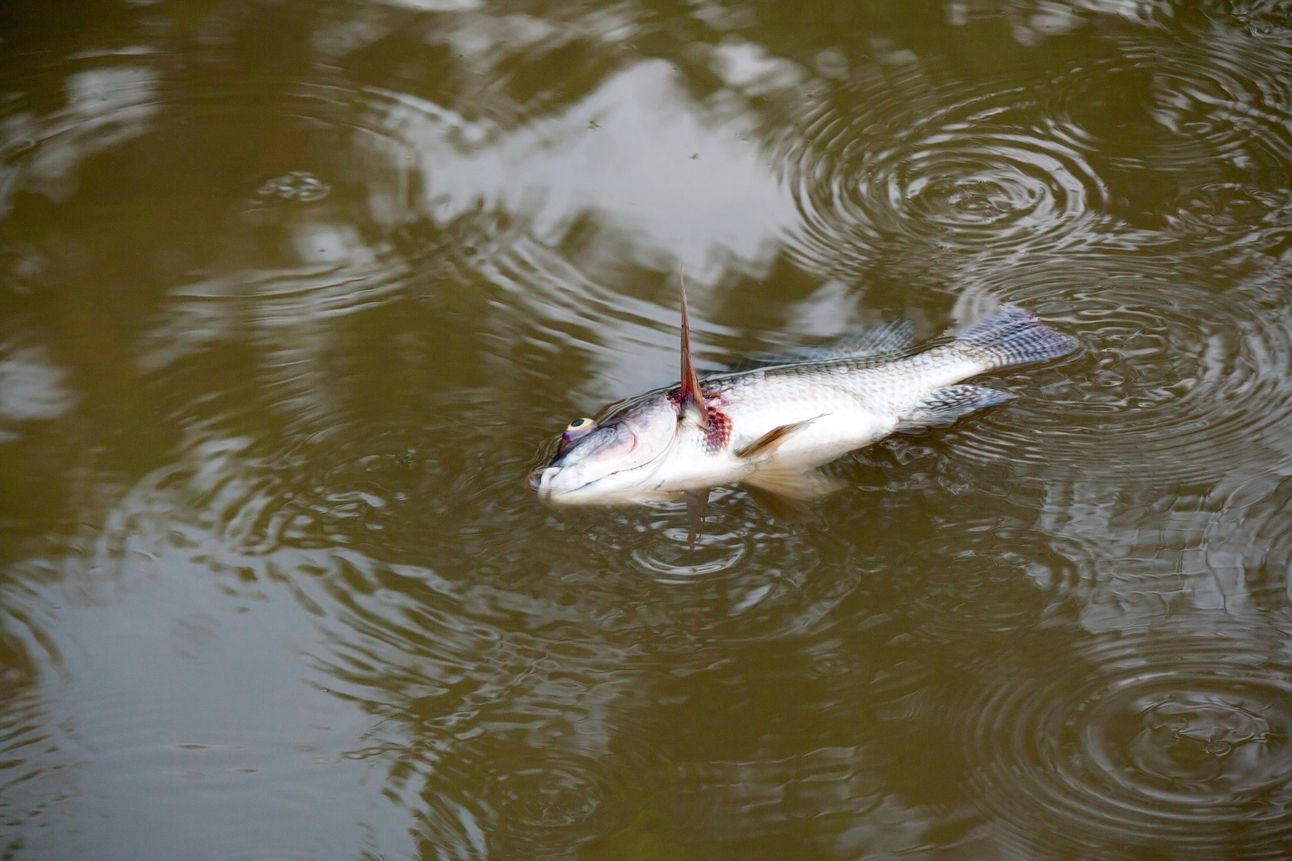The River Wye, one of the United Kingdom's most cherished waterways, is facing an escalating environmental crisis. Stretching over 250 kilometers from its source in the Welsh mountains to its confluence with the Severn Estuary, the Wye traverses picturesque landscapes and supports a rich tapestry of wildlife. However, recent years have seen the river's health deteriorate alarmingly due to pollution from intensive agriculture and inadequate wastewater management.

Tintern Abbey, River Wye, and the nearby landscape, UK
The Poultry Farming Surge and Phosphate Pollution
A significant contributor to the Wye's pollution is the dramatic increase in intensive poultry farming within its catchment area. As of 2020, the counties of Shropshire, Herefordshire, and Powys collectively housed over 500 farms with approximately 1,420 intensive poultry units, accommodating more than 44 million birds. This surge has led to an excessive accumulation of chicken manure, rich in phosphates, which is often spread on nearby fields as fertiliser. The Herefordshire Wildlife Trust reports that around 73% of the river's phosphate pollution originates from agricultural runoff, with livestock manure being a significant source. This nutrient overload promotes algal blooms, depleting oxygen levels in the water and causing eutrophication, severely impacting aquatic life.

Sewage Treatment and Combined Sewer Overflows
In addition to agricultural sources, sewage treatment processes contribute to the Wye's pollution. Approximately 22% of the river's phosphate load is attributed to effluent from sewage treatment works. During heavy rainfall, combined sewer overflows (CSOs) discharge untreated or partially treated sewage directly into the river, exacerbating the pollution problem. This elevates phosphate levels and introduces harmful bacteria and other pollutants into the waterway.
Ecological Consequences
The influx of pollutants has precipitated a cascade of ecological issues. Algal blooms, fuelled by elevated phosphate levels, create dense mats on the river's surface, obstructing sunlight and disrupting photosynthesis for submerged plants. The subsequent decay of these blooms depletes dissolved oxygen, leading to fish kills and a decline in invertebrate populations. Notably, Atlantic salmon and brown trout species have experienced significant population decreases. In 2023, only two reports of dead Atlantic salmon were recorded, a stark contrast to the 64 reported in 2022. This decline is attributed to various factors, including pollution, habitat degradation, and climate change.

Community and Organisational Responses
The deteriorating state of the River Wye has mobilised various environmental organisations and community groups. For instance, the Wye and Usk Foundation has been actively involved in habitat conservation efforts, such as managing riparian vegetation and constructing fish passes to facilitate aquatic organism movement. River Action UK has also launched campaigns targeting the intensive poultry industry, advocating for stricter regulations and implementing manure management plans to mitigate nutrient runoff.
Policy and Regulatory Measures
Addressing the multifaceted pollution challenges of the River Wye necessitates robust policy interventions. Proposed measures include imposing a moratorium on constructing new intensive livestock units within the catchment area and enforcing stringent manure management practices to ensure excess nutrients are not applied to land within the watershed. Furthermore, there is a call for establishing natural buffer zones along watercourses to filter runoff and enhance water quality. Implementing a Water Protection Zone (WPZ), similar to the one designated for the River Dee in 1999, has been suggested to provide comprehensive regulatory oversight and safeguard the river's health.
Conclusion
The plight of the River Wye underscores the urgent need for coordinated action to address pollution from both agricultural and sewage sources. Protecting this vital waterway requires collaboration among farmers, policymakers, environmental organisations, and local communities. By implementing sustainable agricultural practices, upgrading wastewater infrastructure, and enforcing stringent environmental regulations, it is possible to restore the ecological balance of the River Wye and preserve its natural heritage for future generations.




